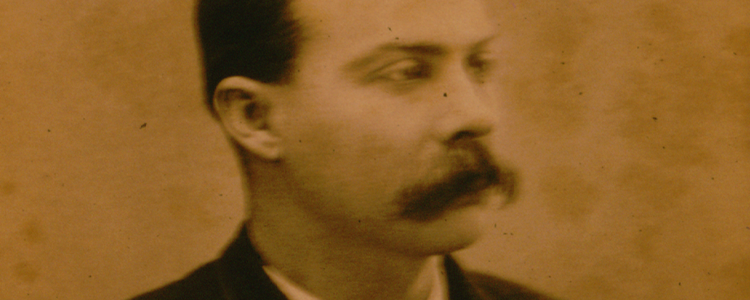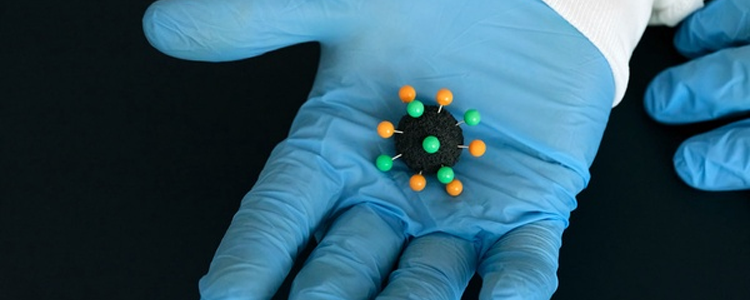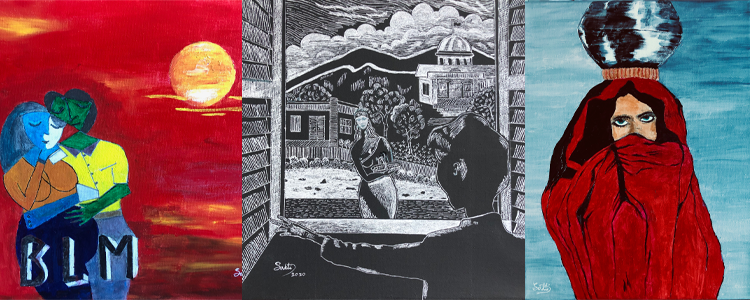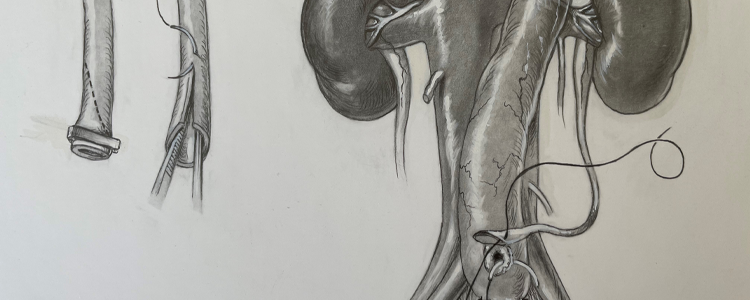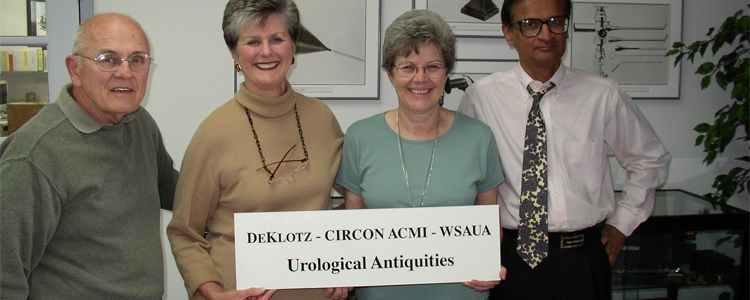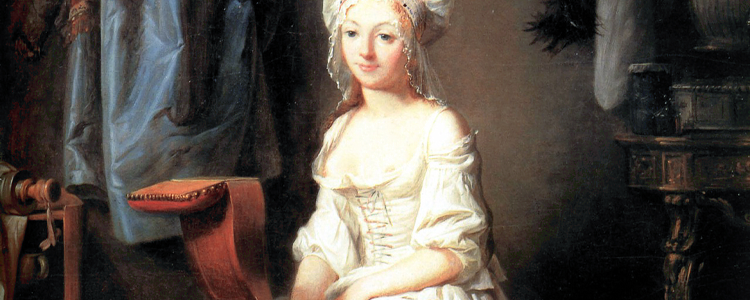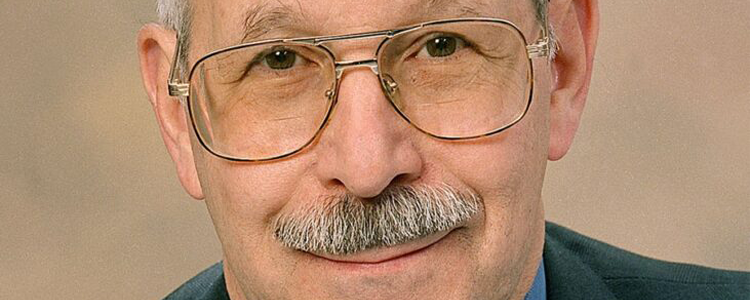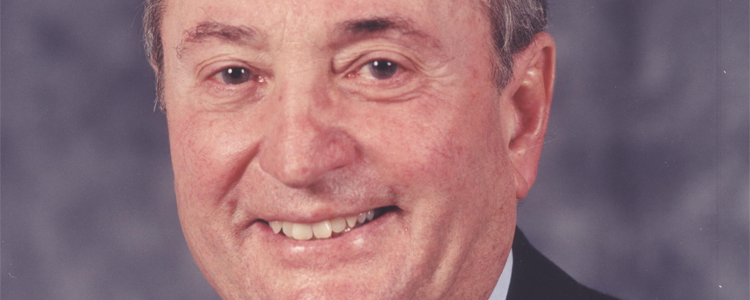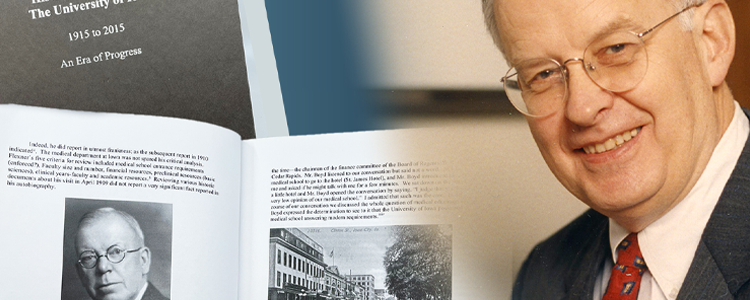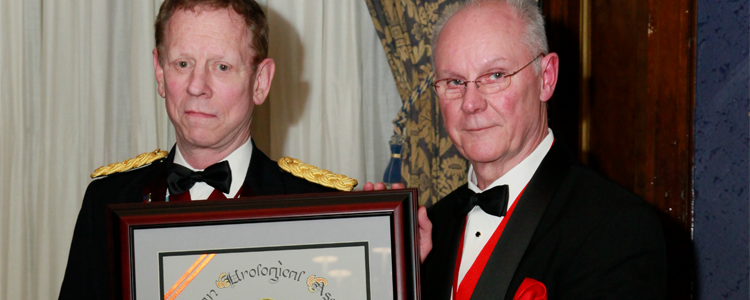A Truth Stranger Than Fiction
The Life and Times of Dr. George Emery Goodfellow, Part I
The sound of splintering wood as an errant bullet sailed past. The creak of saloon doors as they swung open. The thud of another victim falling prey to the town’s pastime as his body hit the dusty Arizona ground. While the scene seems suited for a Western movie, it was this environment that shaped a frontier physician-scientist who made long-lasting contributions to trauma surgery, urology and anesthesiology.
Read MoreWill This Be History?
Challenges of 2020
In so many ways, modern humankind’s self-perception will be divided into the time before and the time after the emergence of SARS-CoV-2. While we have reason to hope the future holds a promise of “normalcy,” that term in and of itself will likely be defined in different terms because of this global pandemic.
Read MoreLiving Through Medical History (While Staying Sane)
Like many in the pandemic, Dr. Sakti Das (Western Section AUA, past AUA Historian) took up a new hobby in lockdown – painting. He shared some of his pieces along with inspiring words from Bengali poet, writer, philosopher and painter, Rabindranath Tagore.
Read MoreResident's Corner
Urologic Illustration: Bloodhart and Skinner
A shift in medical illustration began with Max Brödel, who drew from the surgeon’s point of view. He watched over the shoulders of legendary surgeons such as Drs. Harvey Cushing and William Halsted at the Johns Hopkins School of Medicine, where Brödel founded the first medical illustration department in 1911. One of Brödel’s students, Ted Bloodhart, would eventually create urologic illustrations in a similar manner. This time, the legendary shoulders were Dr. Donald Skinner’s.
Read MoreBehind the Scenes
The Western Section of the AUA
This past year, the historically-minded Western Section of the AUA contacted the Didusch Center to ask if we would adopt (and display!) their collection of medical instruments, which includes such rare urologic artifacts as an ivory-handled urethrotome with dilators (c. 1800), an early Kelly cystoscope set with incandescent bulbs, and a Young/Leiter lithotrite with telescope (c. 1906). YES!
Read MoreBehind the Scenes
Bernard Kosto, MD, and the Toilet Chair
In 2020, Dr. Bernard Kosto (a Hartford urologist, collector and previous donor to the museum) purchased for the Didusch Center for Urologic History a beautiful 18th century French provincial fruitwood toilet chair at an online auction. The chair, from the estate of Heidi Bingham Stott (granddaughter of Senator Hiram Bingham, discoverer of Machu Picchu), features a padded seat, cabriole legs and a ceramic chamberpot.
Read MorePostscript
Martin L. Dresner, MD (1940-2020)
Kathy DeSantis, WSAUA: Marty Dresner, our Western Section historian, enjoyed reading the Journal of Urology and was passionate about music, jazz, and spending time with his grandchildren. If there was a piano on the hotel floor of the many meetings he attended, Dr. Dresner (aka Dr. Jazz) could be heard playing popular songs, to everyone’s delight.
Read MorePostscript
Irwin N. Frank, MD (1927-2020)
Ron Rabinowitz, MD: Although Dr. Frank spent his entire medical career in Rochester, he was a national leader in urological and medical care, and became President of the American Urological Association in 2001. An outstanding teacher, he always said: "My greatest achievements have been the times I spend advising and teaching medical students and residents."
Read MorePostscript
Charles Edward Hawtrey, MD (1935-2020)
“Chuck” Hawtrey was the eldest of four brothers. Interviewed for the University of Iowa, Dr. Hawtrey said: My parents were financially poor but intellectually rich and lovingly broad minded. My three brothers and I…were given interesting life commandments like: comparisons (about other people) are odious, education will provide liberation, and you can learn many things from employment and hard work.
Read MorePostscript
Colonel David G. McLeod, MD, JD, MC (1935-2020)
Albert Dobi, Ph.D., Center for Prostate Disease Research: COL McLeod transformed the entire military medicine and urology in a broader sense, I can say. From the Korean War and earning combat parachute badges in Vietnam, being the doctor of US Presidents, he had profound impact on the way our legislators think today on medicine.
Read More
